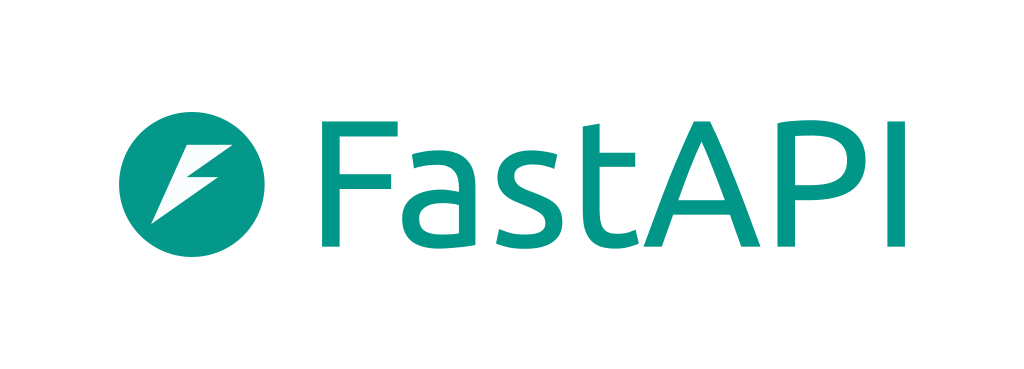DELPH - is a self-awareness platform. The main idea is to provide a realtime military event tracking activity across multiple theaters of operation. The platform integrates data from various sources to create a comprehensive situational awareness environment for military personnel and decision makers.
🌐 The website is currently available at delph.live
DELPH operates as a distributed system with several interconnected components that work together to provide real-time military event tracking. Below is an overview of the system architecture and data flow:
The system follows a microservices architecture with the following main components:
-
Data Extraction Layer:
- Multiple data sources are integrated through specialized adapters
- Adapters transform source-specific data into a standardized format
- Data is then published to Kafka for distribution
-
Core Services:
- Bridge Service: Handles real-time event streaming via WebSockets
- Historical Data Service: Stores and retrieves past events
- Core Service: Manages authentication, user sessions, and access control
-
Storage Layer:
- PostgreSQL (CoreDB): Stores user data and system configuration
- Redis (SessionDB): Manages active sessions and temporary data
- Kafka (Pub/Sub): Facilitates real-time message streaming
- MongoDB (EventDB): Archives historical event data for querying
-
Delivery Layer:
- API Gateway (Nginx): Routes requests to appropriate services
- Frontend: React-based user interface displaying event data
- Events are generated from various sources (e.g., mock producers, external systems)
- Events flow through adapters that normalize the data
- Standardized events are published to Kafka topics
- The Bridge service consumes events and:
- Forwards real-time updates to connected clients via WebSockets
- Stores events to MongoDB for historical record
- Clients receive updates through WebSocket connections
- Historical data can be queried via REST APIs from the Historical Data Service
The system uses standardized military symbology based on APP-6B specifications to represent various entities:
- Ground units (infantry, armored, artillery, etc.)
- Air assets (fixed wing, rotary wing, drones)
- Naval vessels
- Special operations forces
- Equipment and installations
| Dimension | Friendly | Hostile | Neutral | Unknown |
|---|---|---|---|---|
| Air and space |  |
 |
 |
 |
| Ground |  |
 |
 |
 |
| Sea surface |  |
 |
 |
 |
| Subsurface |  |
 |
 |
 |

The historical view allows filtering events by time period and entity types, showing past military activities across the map

Secure user authentication system with profile management capabilities and role-based access control

Command dashboard providing at-a-glance status of current operations, event statistics, and recent activity feeds

@draklowell Bridge Service Lead Real-time data streaming implementation and WebSocket communication |

@ke1rro API & Frontend Lead REST API development and React-based user interface implementation |

@Luzefik Historical Data Service Event archiving and historical query system development |

@yagodanr Historical Data Service Database optimization and filtering system implementation |
Delta Platform is a situational awareness and battlefield management system developed by the Ukrainian military services. Our project draws inspiration from this system's approach to real-time military event tracking and visualization using standardized NATO symbology.
The original Delta platform enables Ukrainian forces to maintain comprehensive battlefield awareness through multi-source data integration and collaborative information sharing. It has proven highly effective in modern military operations by providing commanders with accurate, real-time intelligence.
References:
- Ministry of Defense of Ukraine, "Delta Situational Awareness System", https://delta.mil.gov.ua/, accessed 2023.
- NATO, "APP-6 Military Symbols for Land Based Systems", NATO Standardization Agency, 2019.






